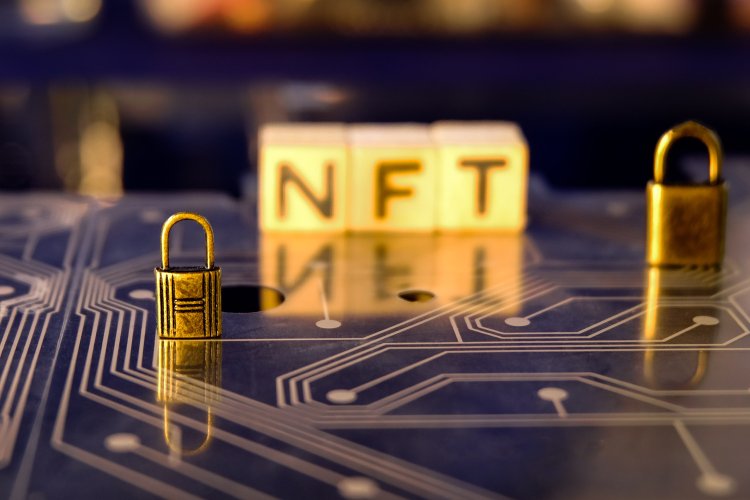Use of NFT in education » Expat Guide Turkey

NFTs have the potential to change the way we learn and teach.

The role of NFTs in education
The world of education is constantly evolving and the potential role of each new technology in education is being explored. One of these technologies is NFTs, which are a very popular concept. We can define NFTs as unique and non-reproducible digital assets. The definition we just gave makes NFTs perfect for the education sector. NFTs can be used in many different ways, from digitizing training certificates to creating interactive learning experiences. If you’re wondering how NFTs are used in education, can be used, and the benefits they bring to students and teachers, let’s get started.
Use of NFT in education
NFTs are qualified intellectual titles, a type of digital asset that uses blockchain technology to document its identity and ownership. That is, the NFT is a digital certificate of ownership that confirms the authenticity and origin of a digital asset. Each NFT is unique and cannot be duplicated or changed. This makes NFTs valuable to collectors and investors. NFTs exist in many forms, including digital art, music, videos, and other types of digital content.
Metaverse has created a new paradigm in the e-commerce landscape by creating new opportunities for brands to connect with consumers in virtual environments. This innovation also raised the question of whether it is possible to use NFT to validate and showcase students’ academic achievements. NFTs are versatile and applicable to a wide range of use cases, as they can represent anything from digital art to educational credentials.
How can NFTs be used in education?
NFTs can be used to document the ownership and authenticity of digital certificates, degrees and other academic achievements. They can also be used to create personalized learning experiences based on students’ personal needs and interests, as well as digital portfolios that showcase students’ skills and achievements.
In addition, NFTs can also represent specific skills or areas of knowledge, making it easier for students to demonstrate their expertise in a particular subject.
Digital certificates
NFTs can be used to digitize training certificates, making them fraud-proof and easy to share. This can eliminate the need for paper certificates, reduce the risk of fraud and make it easier for employers to verify candidate information.
Interactive learning
NFTs can be used to create interactive learning experiences. For example, NFTs can be used to access virtual reality environments where students can improve their language skills or explore a historical site.
Collection
NFTs can be used to create collections that show accomplishments or achievements. For example, a student can receive an NFT when they complete a course or achieve a certain grade.
Educational benefits of NFTs
NFTs offer many benefits to students and teachers. For example:
Security: NFTs are tamper-proof and cannot be duplicated, preventing copying of training certificates and other important documents.
Verification: NFTs make it easier for employers to verify a candidate’s credentials and reduce the risk of fraud.
Flexibility: NFTs can represent anything from training certificates to collections, making them versatile and applicable to a variety of uses.
Challenges when using NFTs in education
NFTs offer several advantages, but there are also some difficulties in using them:
· Technical expertise: The creation and administration of NFTs requires technical expertise, which can be a barrier for some organisations.
Cost: NFTs can be expensive to develop and implement, making it difficult for smaller institutions to use NFTs.
· Integration: Integrating NFT with existing educational systems and processes can be difficult, especially in larger institutions.
· Standardisation: There is currently no standardization to ensure that NFTs can be used everywhere in education.
The future of NFTs in education
Despite all these challenges, the future of NFTs in education is promising. As the technology becomes more pervasive and accessible, we believe we will see more educational institutions adopt NFTs.
Using NFTs in education offers a number of benefits, from security and interaction to validation and flexibility. Although there are some practical and technical challenges to adopting NFTs in education, the potential applications of the technology are promising. As this technology becomes more pervasive and accessible, we will see more educational institutions use NFTs to enhance the learning experience and prepare students for the digital age.

























